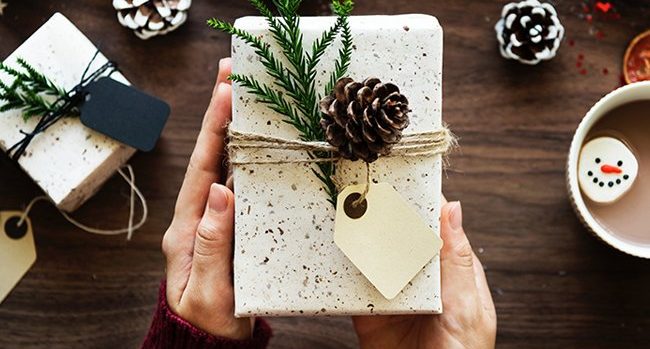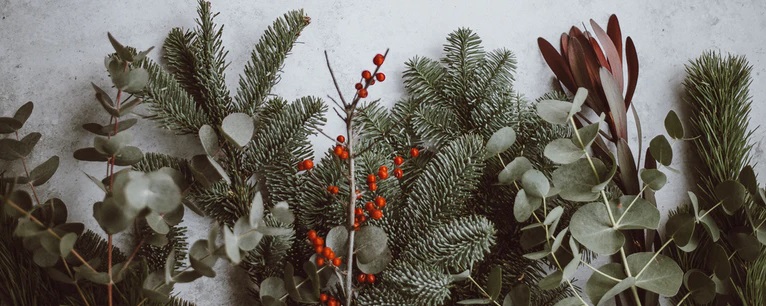It’s beginning to look like Christmas…

This is our 378th ‘traditional’ Christmas, if the history books are correct. So what has changed? In 1642, Abel Tasman and his crew were believed to be the first to celebrate Christmas in New Zealand, and they did so by feasting on pork and extra rations of wine! Captain James Cook is the next notable to celebrate in the land of the long white cloud, and he did things slightly differently when, in 1769, he and his crew celebrated with a meal of ‘goose pye’ – made with gannet – for Christmas dinner! So what has changed since 1642?
Perhaps the two most iconic elements of a New Zealand Christmas today are the irresistible Pavlova, made with kiwi fruit, strawberries and cream plus the striking, and much-loved, Pohutukawa or NZ Christmas tree. Common to both are the vibrant and festive reds of the Pohutukawa and strawberries as well as the lush greens of the tree’s foliage and our very own Kiwi fruit! Both play a significant role in Kiwi Christmas celebrations throughout the land.

When decorating your home for the festivities, this colour scheme could, perhaps, form the basis of the rest of your colour scheme. In addition to the traditional Christmas tree, consider introducing fresh foliage or potted plants to living areas, bedrooms and bathrooms. Placing a few bushy potted plants in guest rooms and bathrooms – complete with minimal festive decorations, can ensure the celebratory spirit is felt throughout the home, for guests as well as family members.
Smell is just as much a part of our sensory perception as vision – candles, fresh flowers, ripe fruit and oven-baked cakes and tarts all contribute that magical aroma associated with celebration and festive good will.

While Christmas trees, turkey, prawns, pavlova, and Christmas crackers are the quintessential festive ingredients of a Kiwi Christmas, there is a relative newcomer to the scene. Our concern for our planet has cast a spotlight on sustainability – and retailers and consumers are both seeking out more sustainable decorations and Christmas crackers, opting for paper, timber or recycled materials instead of plastics.
